Stardew Valley is ripe with opportunities to live off the land, and not just through the player’s crops. The forest, beach, and mountains are full of nature’s bounty. From mushrooms to berries to oysters on the beach, there are plenty of items to pick up and sell.
While it’s a great way to earn money early on, many players let Foraging fall by the wayside once their crops start to make a lot of profit. However, with a little effort, players can still make heaps of gold from what the valley has to offer. Here are a few tips for Stardew Valley players both old and new who want to up their Foraging game.
Updated March 28, 2024, by Demaris Oxman: Now that Stardew Valley‘s 1.6 update is available to play, plenty of gamers are either getting back into this adorable farming sim or trying it out for the first time. With the update’s new Mastery system, players can now expand their knowledge of each skill even after reaching Level 10. Among these, of course, is the Foraging skill.
Learning to live off the land and exist in harmony with nature is essential in this game, and foraging is a big part of the Stardew Valley lifestyle. Growing crops is central to the gameplay, but collecting what the valley already has to offer is an important skill, especially in the early game. For players hoping to gain mastery in Foraging, the tips below should be a step in the right direction.
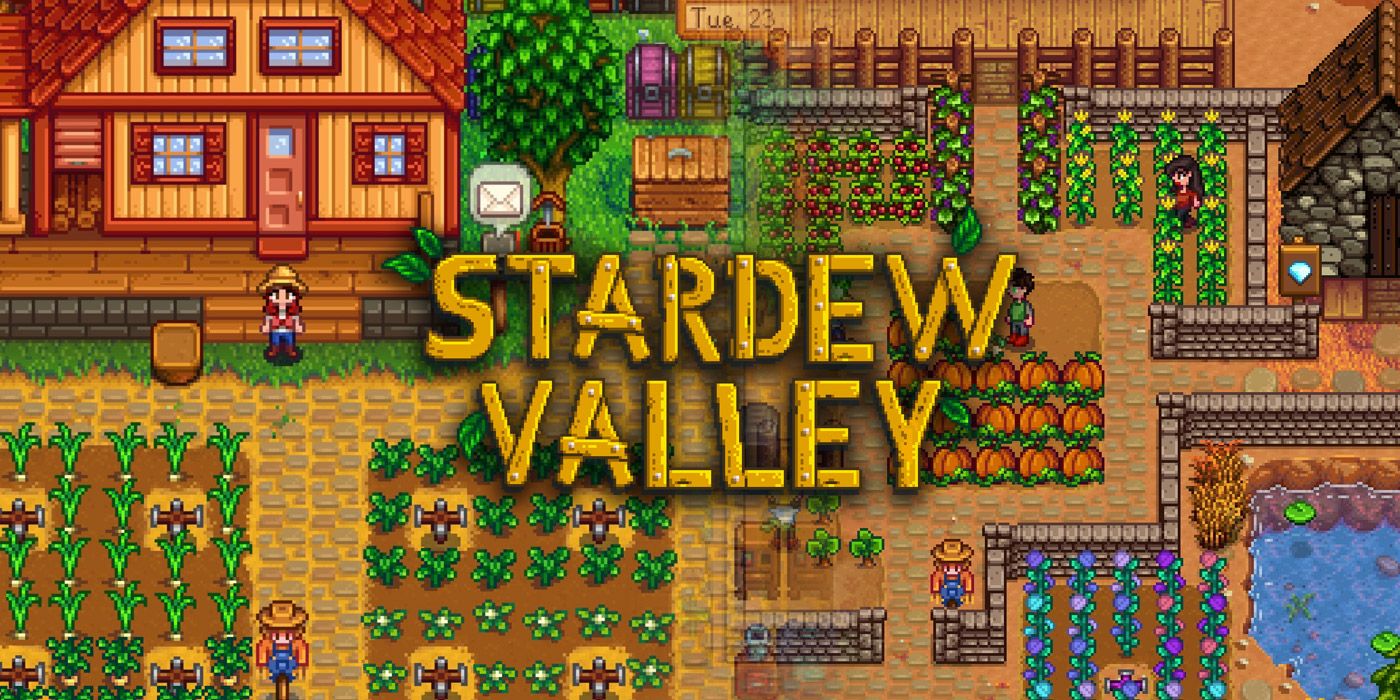
How Stardew Valley Set the Standard for Farming Sims
Created by a guy who liked the original Harvest Moon games, Stardew Valley is now the de facto standard for all farming simulator games.
13 Know What Actions Raise The Skill
What Grants Foraging EXP?
Foraging can be a tricky skill to level at first, largely because certain actions that would seem to grant EXP do not. Digging up Ginger on Ginger Island, shaking berries from bushes, and digging up Snow Yams or Winter Roots are all great ways to forage for items; however, they don’t raise the skill.
Picking up foraged items from the ground — including those grown from Wild Seeds — will raise Foraging, as will harvesting spring onions. However, the most efficient way to level this skill is by chopping wood. Fortunately, as this is an essential resource for crafting, the player will be doing this a lot, and it’s impossible to have too much wood and hardwood on hand.
12 Upgrade The Axe
Efficient Chopping for Faster Leveling
As mentioned above, chopping wood is the fastest way to level up Foraging. Upgrading the axe decreases the number of times a player must strike a tree to chop it down, meaning that the player will gain more resources and EXP for less energy. It also allows the player to break large stumps and logs, which grant more Foraging EXP than anything else. To purchase each level of upgrade, the player will need to bring the following to Clint:
|
Upgrade |
Materials Needed |
Cost |
|---|---|---|
|
Copper Axe |
5 Copper Bars |
2,000g |
|
Steel Axe |
5 Iron Bars |
5,000g |
|
Gold Axe |
5 Gold Bars |
10,000g |
|
Iridium Axe |
5 Iridium Bars |
25,000g |
An upgraded axe is also necessary to access the Secret Woods. This area contains several large stumps as well as rare forage items, such as fiddlehead ferns and chanterelle mushrooms.
11 Hold Onto Tree Seeds
A Surprisingly Versatile Crafting Material
As players chop wood, they will inevitably find themselves in possession of a number of Maple Seeds, Acorns, Pine Cones, and Mahogany Seeds. In the early game, the first three can be used to craft Field Snacks, a reliable source of health and energy before the player has access to the kitchen. Once farmers are able to cook, they often come to view their tree seeds as useless. However, this is a mistake.
With Foraging Mastery, players get the crafting recipe for the Mystic Seed, which grows into the Mystic Tree. This recipe requires five of each type of tree seed. Once grown, players can then tap Mystic Trees to get Mystic Sap, which is used in some powerful crafting recipes.
10 Utilize The Secret Woods
Find Rare Materials in a Hidden Location
The Secret Woods, which can be found in the northwest corner of Cindersap Forest, contains six hardwood stumps that respawn each day. Returning every day to harvest these stumps will grant the player lots of XP towards their Foraging skill, not to mention 12 Hardwood per day — a resource that can be tricky to farm early in the game.
As mentioned above, players will need to upgrade their axe to Steel or better before they can enter this area. This is because the entrance is blocked by large log, which cannot be broken by a regular or copper axe.
9 Head To The Beach
Forage for Shellfish and Seaweed
It’s easy to forget that items picked up from the Beach provide the same amount of experience as picking up flowers, berries, and mushrooms. Foraging for shellfish and seaweed on the sandy shores still counts towards player experience. The items found laying on the beach are useful in several bundles and crafting recipes, particularly fertilizers.
It’s always a good idea to head to the beach a couple of times a week, but be sure to dedicate some foraging time here between Summer 12-14. During this time, the color of the ocean will change, and huge amounts of forage — especially coral and sea urchins — will wash up onshore.
8 Choose the Botanist Profession
Make Foraging Lucrative with High-Quality Spoils
With this profession, all foraged items, including berries shaken from bushes, will always be of Iridium quality. This massively increases the amount of money players can earn by foraging. This effect also applies to items the player picks up on the beach, such as coral, seaweed, and shellfish.
To get this profession, choose the Gatherer option at level 5. This provides the possibility to collect two foraged items instead of just one. The Botanist option becomes available at level 10.
7 Keep an Eye On The Farm Cave
The Fruit Bats vs. Mushrooms Debate
Once the player’s total earnings reach 25,000g, Demetrius visits the player and asks to use the farm’s cave to attract research specimens. It turns out that these specimens are quite useful to a forager. Both the fruit and mushroom options for the cave provide their own benefits.

Stardew Valley: A Complete Guide To The Flower Dance
The Flower Dance can be a great way to bond in Stardew Valley. Here’s all you need to know about the event.
The mushroom cave doesn’t grant Foraging EXP, nor are its items affected by the Botanist profession. However, some players like having a reliable source for relatively rare fungi. The fruit cave, while its items are more common, helps raise Foraging and can provide high-quality items. Check the cave every other day to collect the items it provides.
6 Use Wild Seeds (Especially In Winter)
As the player levels up the Foraging skill, they’ll unlock Wild Seed recipes for each season. These can be planted on the farm to grow even more forage items. Each harvest can then be used to craft even more seeds, resulting in dozens of wild flowers and fruits. The following recipes for Wild Seeds are obtained at the following Foraging skill levels:
|
Seed Recipe |
Foraging Level required to unlock |
Crafting Ingredients |
|---|---|---|
|
Spring Seeds |
1 |
|
|
Summer Seeds |
4 |
|
|
Fall Seeds |
6 |
|
|
Winter Seeds |
7 |
|
Each crafting recipe yields 10 seeds, which each have an equal chance to grow into any of the specific plants that went into crafting them. Wild Seeds come in handy early in the game, before the player has money to spend on vast amounts of seeds. It’s also a great way to earn money during the barren winter season, during which the player can’t grow normal crops.
5 Befriend Jas and Vincent
Children Offer Hidden Wisdom
Building relationships is a core mechanic in Stardew Valley, and even Pelican Town’s children prove to be valuable friends. Once the player reaches eight hearts with Vincent and Jas, enter the woods before 5pm on a sunny spring day.
A short scene will play in which Jas and Vincent teach the player how to clean the spring onions that grow in the southeastern area of the forest. After this cutscene, the player receives the permanent buff Spring Onion Mastery, which increases the value of spring onions five times over.
4 Give the Bear a Sweet Treat
Learn the Secrets of the Forest from an Expert
This hidden tip lies in Secret Note #23. Through the strange grammar and spelling of this message, players can make out a request to come to the Secret Woods with a jug of maple syrup. If they do so, they’ll find a bear waiting for them, eager for the treat.
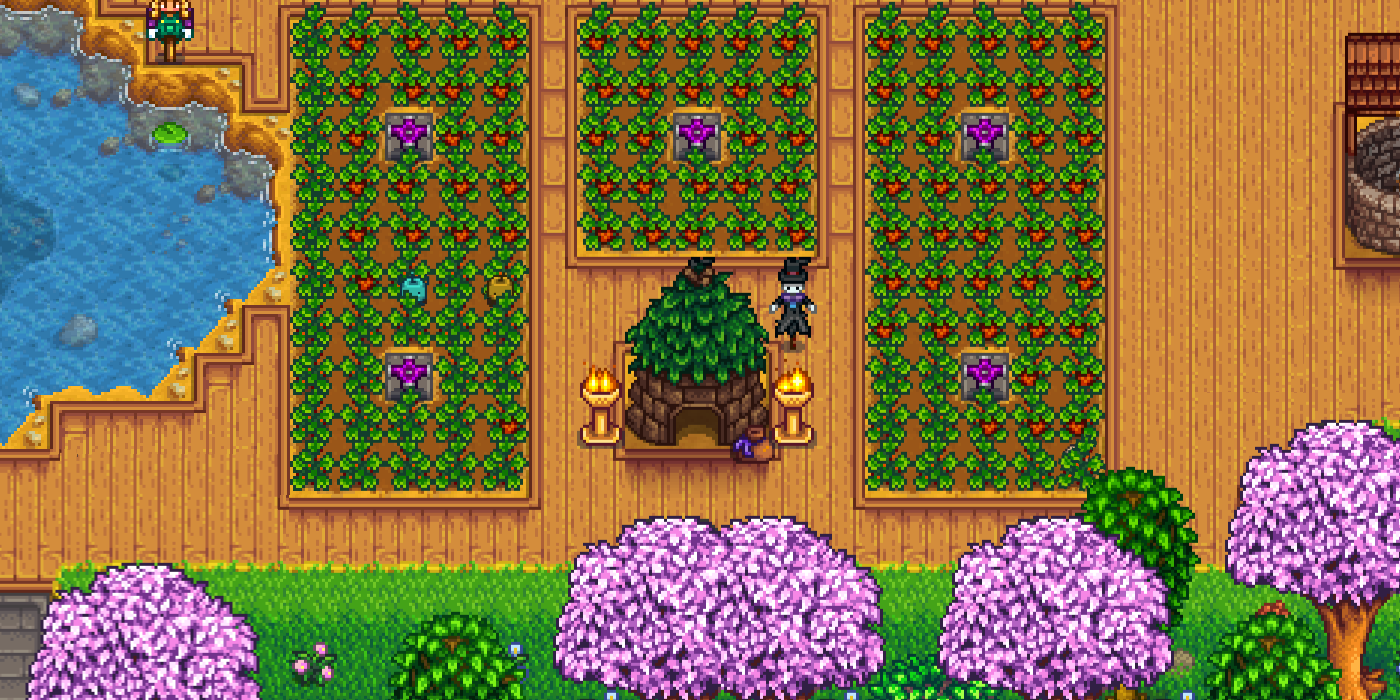
Stardew Valley: Are Junimo Huts Worth It?
Jumino Huts are expensive late-game buildings in Stardew Valley, but that doesn’t necessarily mean every player will find them worth the investment.
After guzzling the syrup, the player’s new animal friend teaches them some forest secrets, permanently increasing the sell price of blackberries and salmonberries to triple their base value. Like Spring Onion Mastery, this is a permanent foraging buff.
3 Pick Lots of Berries
Fall and Spring are Bountiful Seasons
Throughout Cindersap Forest, the Mountains, and Pelican Town, the player can find bushes that bear fruit in certain seasons. Salmonberries grow from Spring 15-18; from Fall 8-11, players can find Blackberries. As mentioned above, these do not count towards the Foraging skill, but they do benefit from it — a higher skill means more berries shaken from each bush.
With a little dedication, the player can collect hundreds of these wild berries. With the Botanist profession, these are worth a considerable amount on their own, especially if the player has the Bear’s Knowledge buff. Players can also turn them into jelly or wine, highly profitable with the Artisan profession.
2 Gain Buffs with Food Items
Fuel Up Before Foraging
A variety of different meals increase the Foraging skill when consumed. Not only does this increase the chances of finding high-quality items, but it can even increase the number of berries that fall from bushes. To cook Foraging-boosting food, try the following Stardew Valley recipes:
|
Recipe |
Source |
Ingredients |
Buffs |
|---|---|---|---|
|
Pancakes |
|
+2 Foraging |
|
|
Autumn’s Bounty |
Received from Demetrius in the mail at 7 hearts |
||
|
Survival Burger |
Foraging level 2 |
|
+3 Foraging |
|
Tropical Curry |
Purchase from Ginger Island Resort for 2000g |
|
+4 Foraging |
Other buffs can prove useful as well. Magnetism ensures the player doesn’t leave behind any berries or pieces of wood, and can be achieved with Bean Hotpot or Crispy Bass. Speed is always a handy effect — a few cups of coffee can help the player cover more ground as they search for foraged items, especially when trying to find all the berry bushes.
1 Give Back
Foraged Items Make Great Gifts
Plenty of foraged items make great gifts for several of the townsfolk. For example, Haley and Sam love coconuts and cactus fruit respectively, which can both be foraged in Calico Desert. Harvey, Leah, and Linus also like a lot of foraged items such as mushrooms.
Meanwhile, wild flowers such as Sweet Peas and Crocuses are on almost everyone’s list of liked gifts. All things considered, gifting foraged items is a quick and low-cost way for players to endear themselves to their neighbors.
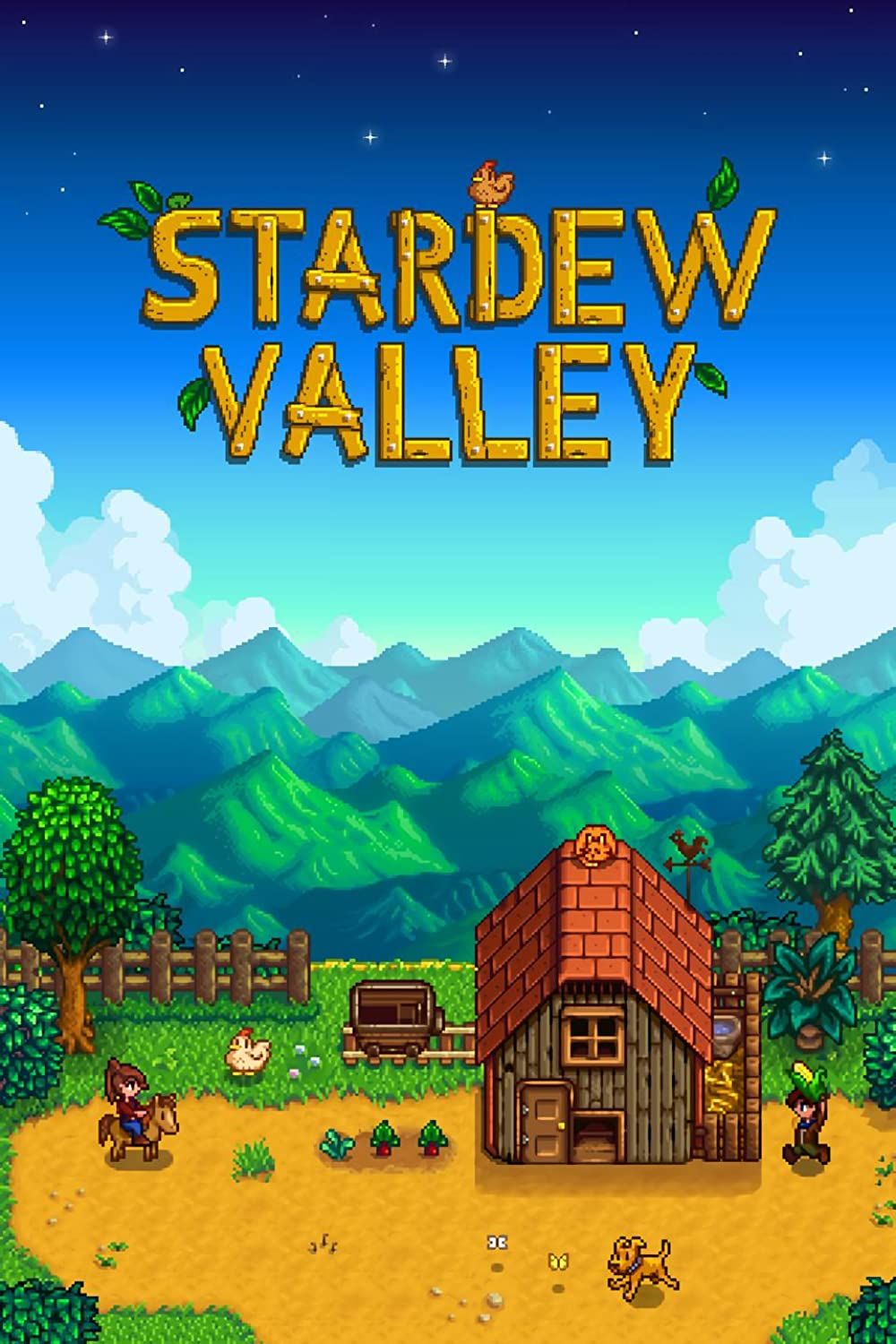
Stardew Valley
- Released
- February 26, 2016
- Developer(s)
- ConcernedApe
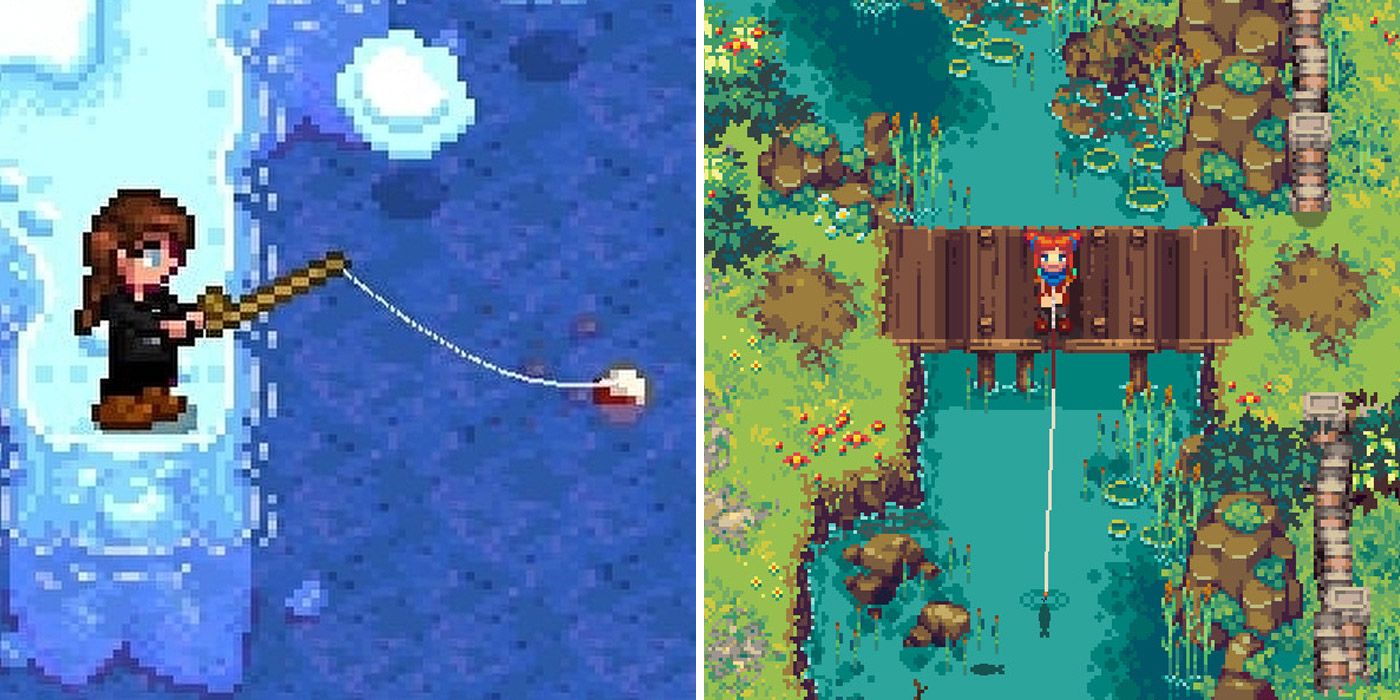
If You Like Stardew Valley, Check Out Kynseed
Though it may be inspired by and look a lot like Stardew Valley, Kynseed leans into the darker realism side of farming simulators.
#Stardew #Valley #Tips #Foraging
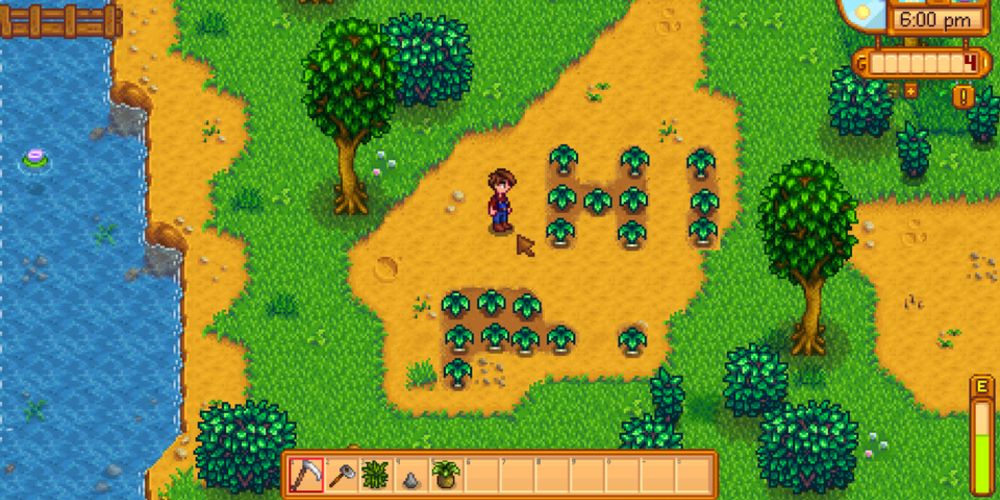
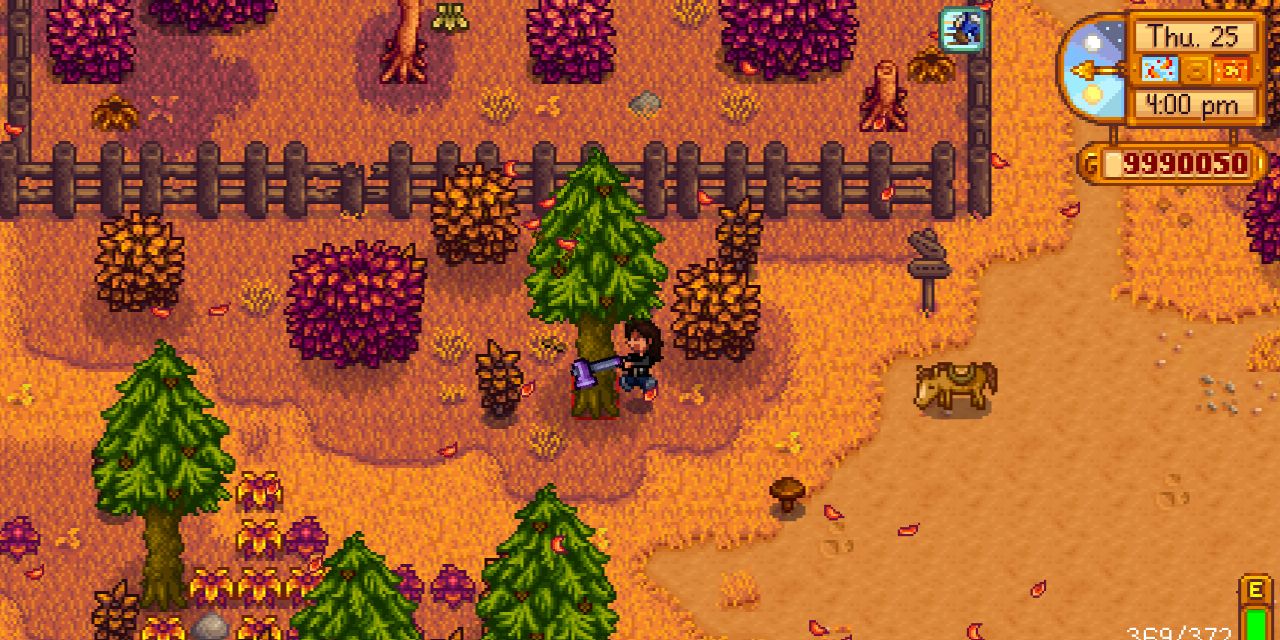
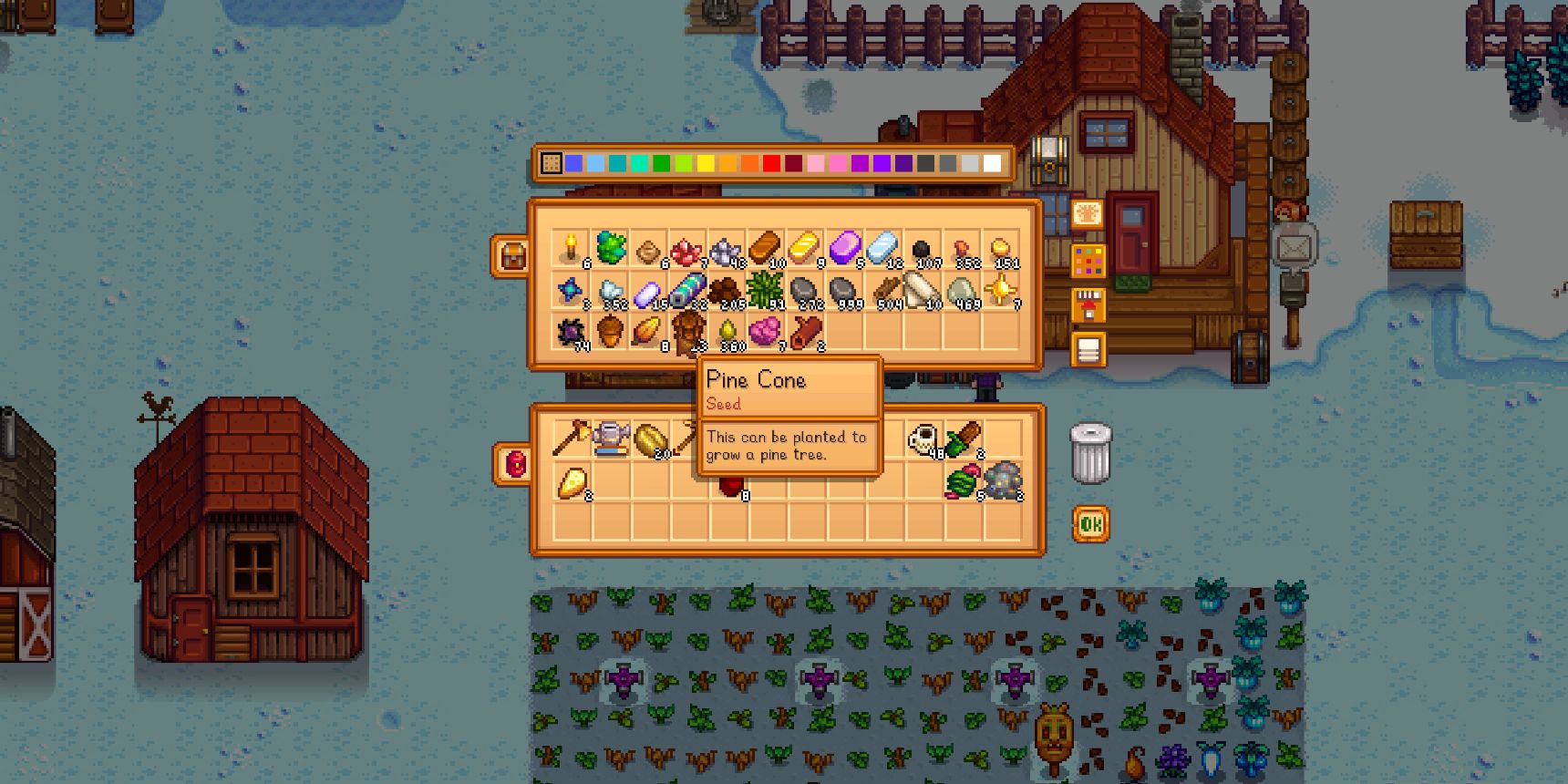
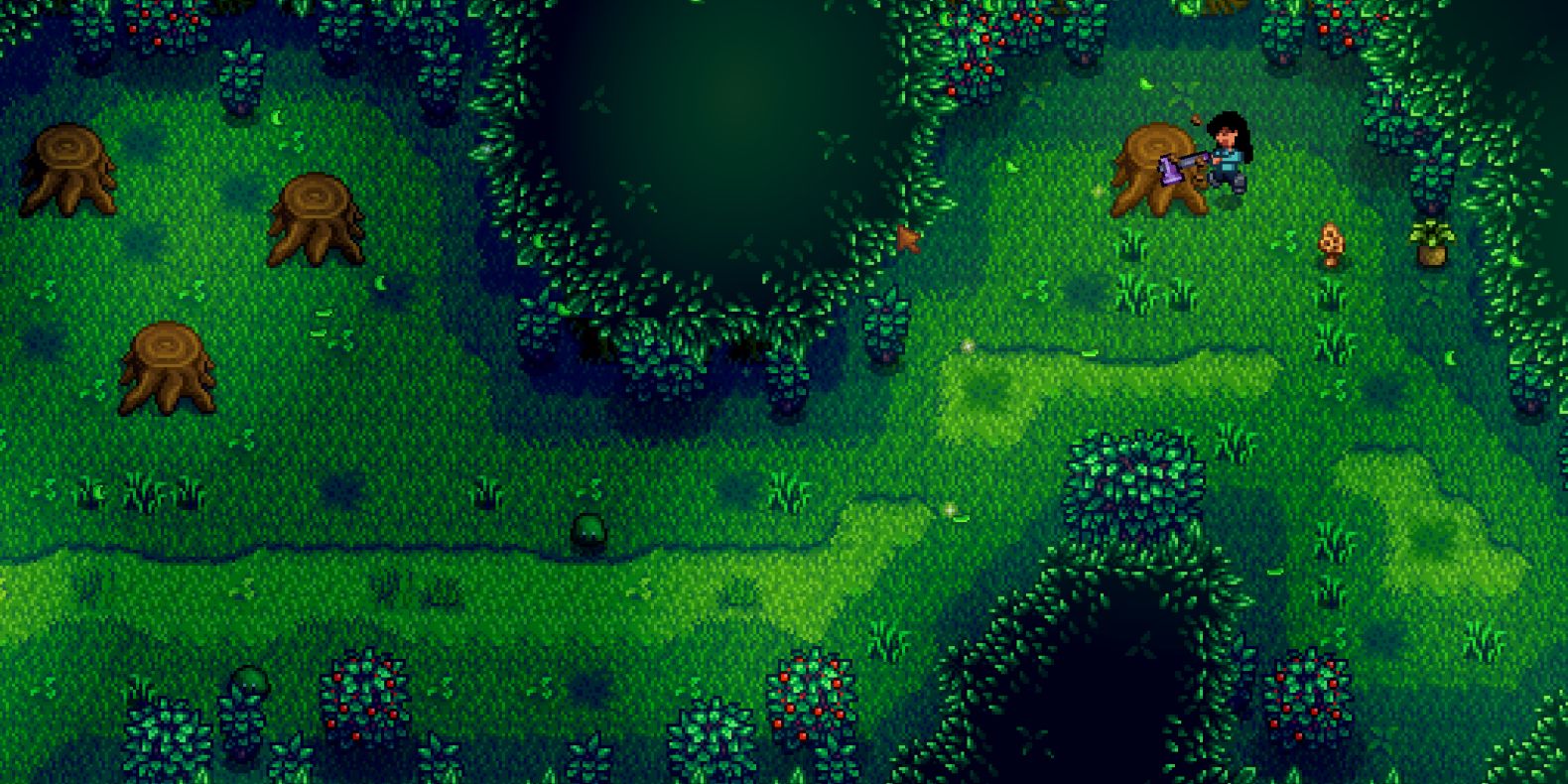

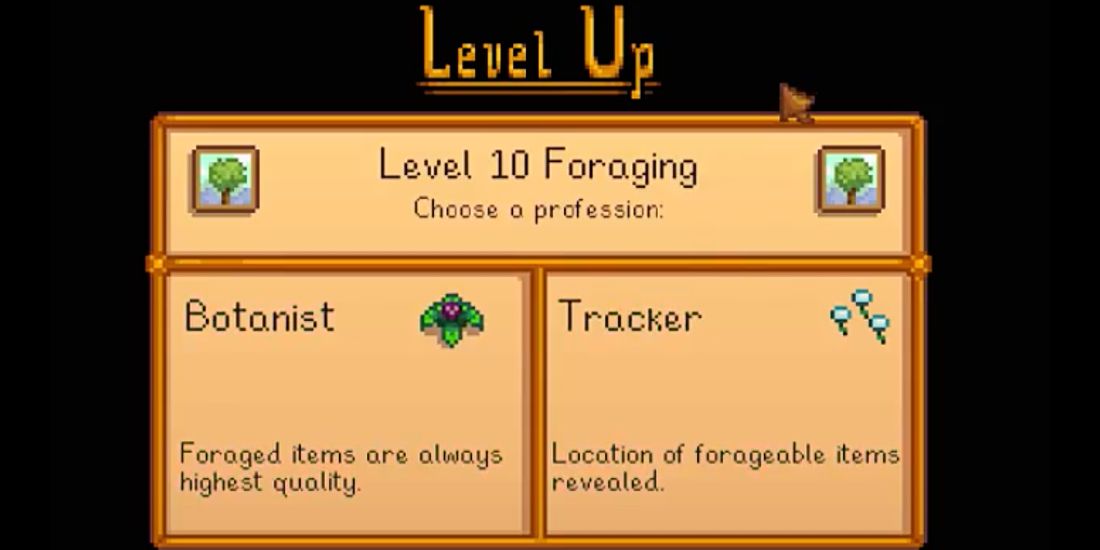
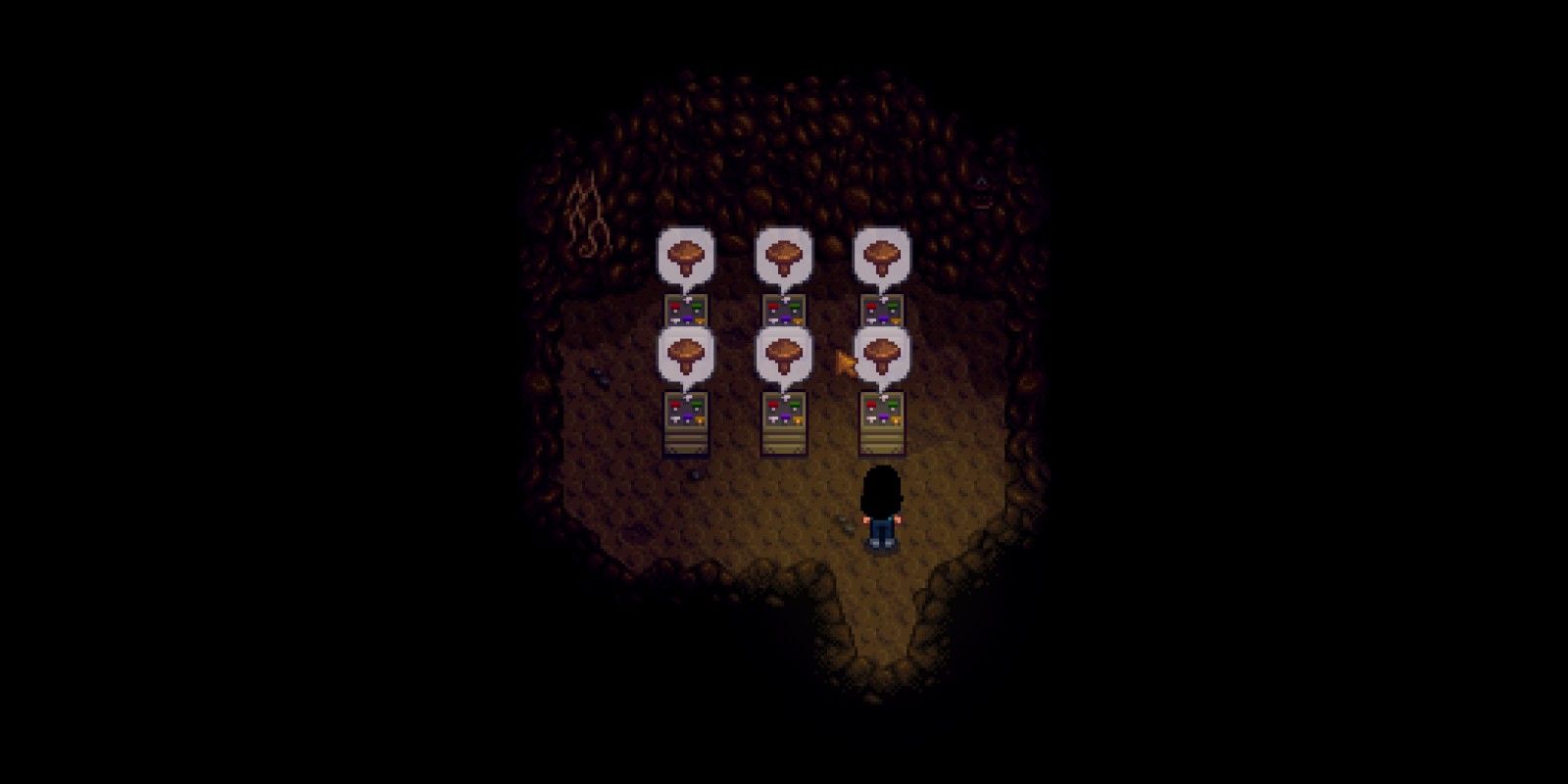


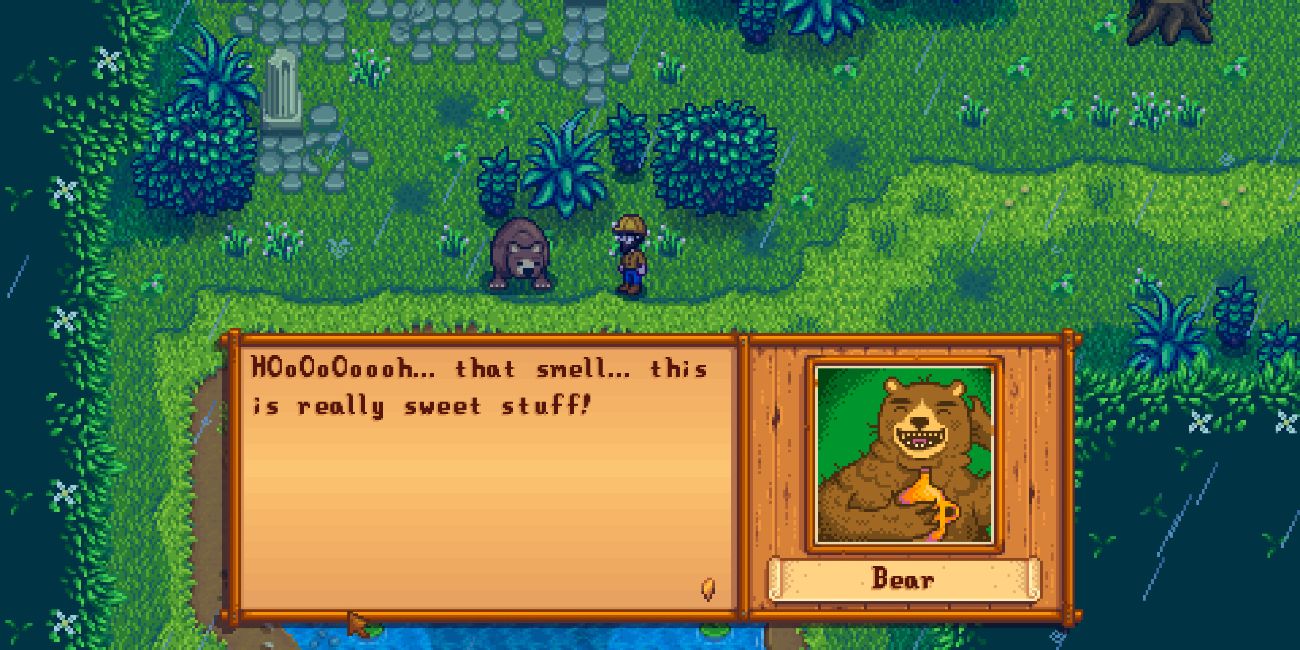
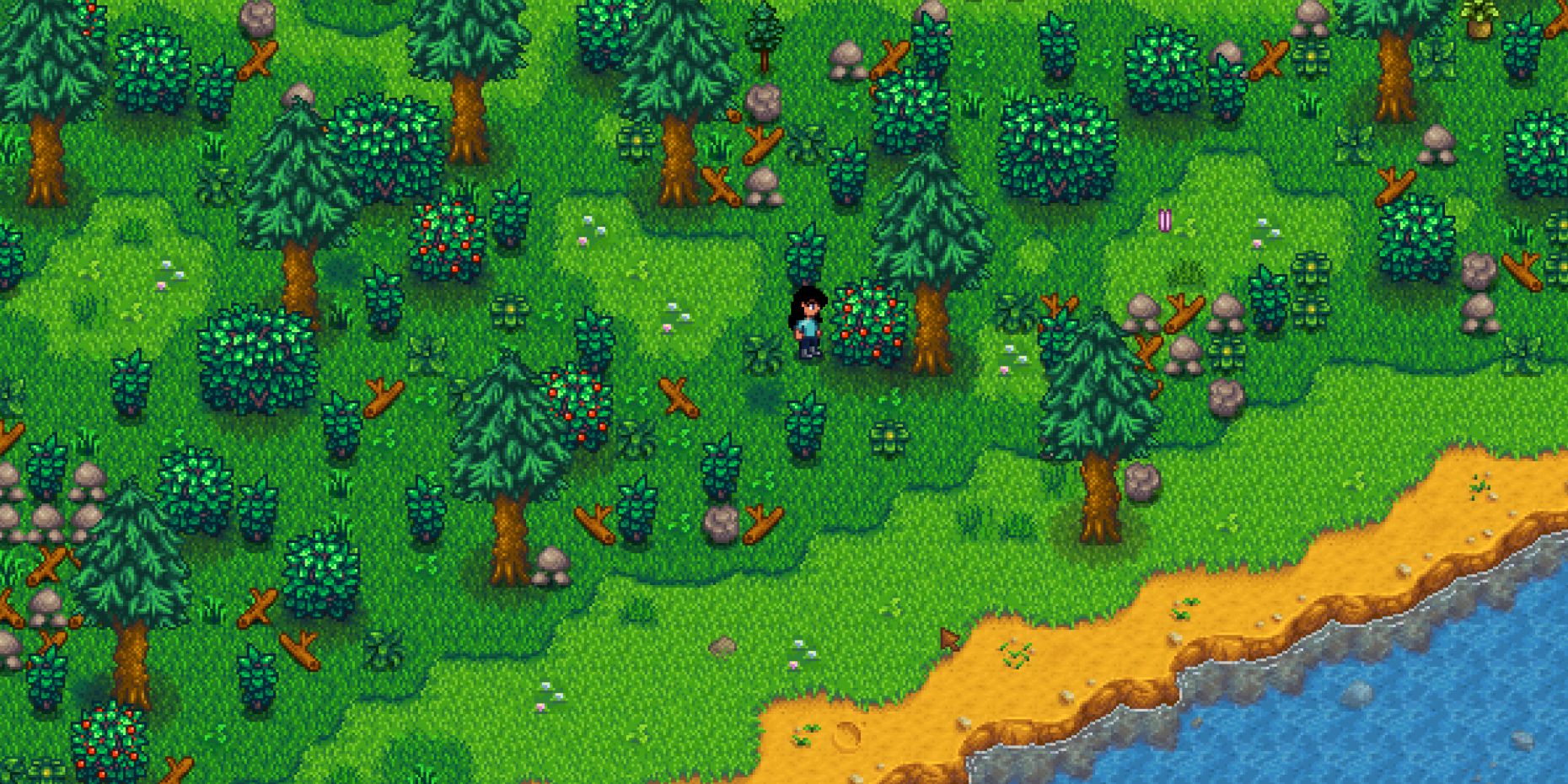


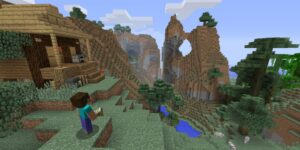



More Stories
Minecraft Fan Accidentally Creates Neat Decoration
The 8 Horror Franchises With The Most Games
Mass Effect 3 Player Points Out Unsettling Ending Detail